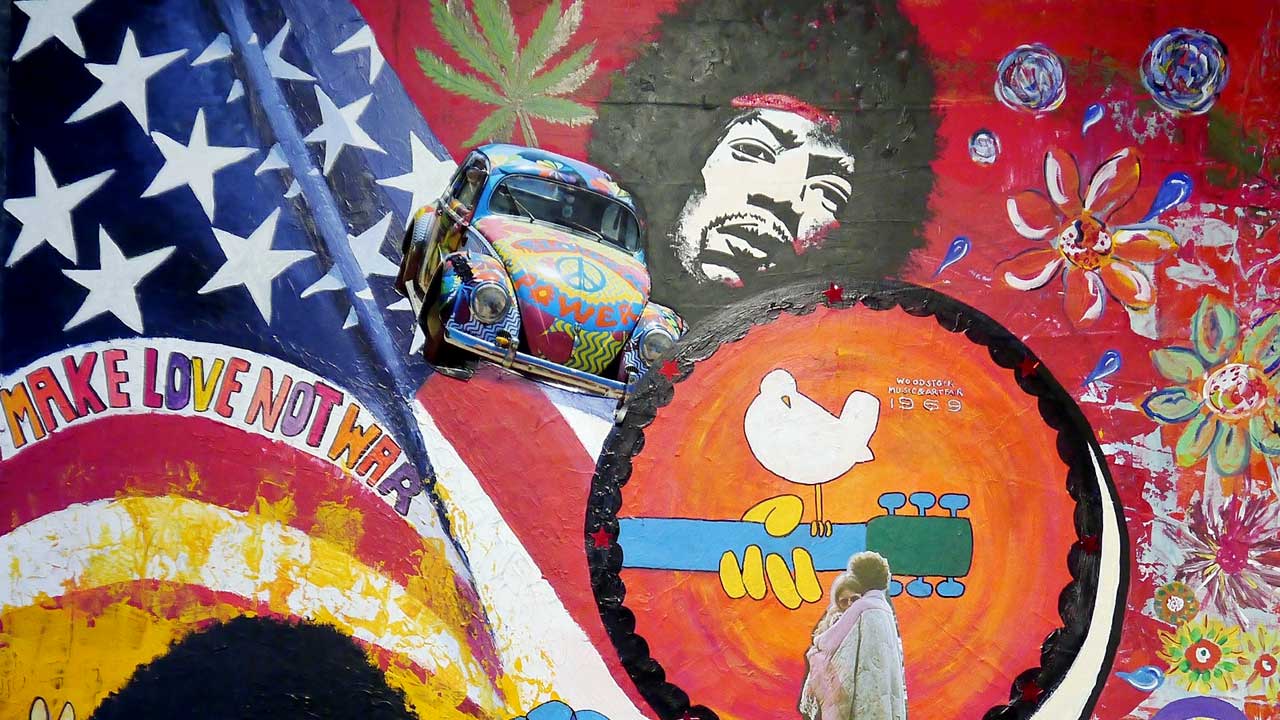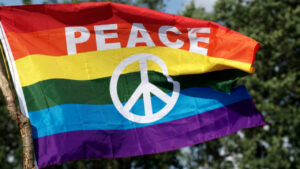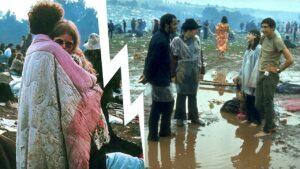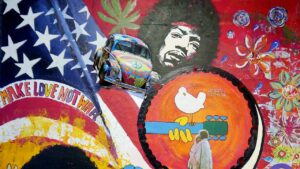
The counterculture movement had taken the world by storm in the 1960s and 1970s. A counterculture opposes the popular culture that exists in society. It is often expressed through rejection of the old ways of doing things and acceptance of the new ways.
In the 1970s and 1960s, it involved protests and the evolution of the ‘hippie’ culture. It also involved dressing in unconventional ways and listening to psychedelic rock music.
Background
The counterculture movement of the 1960s began with protests that were anti-establishment in nature. Soon, the movement spread across the Western world and continued until the mid-1970s. Most of the adherents of this culture were the young people who came together in large groups. All of them rejected many of the beliefs held commonly by the larger sections of society.
This rejection often took the form of non-violent resistance. Widespread poverty, racial segregation, environmental pollution, and discrimination towards minorities were the major issues that led to such protests. The emergence of television as one of the reliable sources of information further fueled this social change.
Popularity across the world
The counterculture movement was aimed towards freeing society from restrictions. It succeeded in putting an end to the restrictive censorship of films and other media. Filmmakers were now making films on subjects that were earlier banned or prohibited. Fashion trends also evolved around this time and the youth readily accepted the new trends.
The old couldn’t accept the new trends and this led to a generation gap. People who were involved in this movement also protested against the Vietnam War. News coverage of the Vietnam War and many horrifying images of it were shown on television.
For the first time, certain realities of the war were brought to the living rooms of people. The spread of cinema and radio broadcasts also took the culture to different corners of the world. In Europe, the counterculture adherents created their own music, fashion, and magazines.
The French government was nearly toppled by the movement involving students in 1968. In the Czech Republic, the youth who were against the establishment maintained long hair. A few satirical magazines in Australia published obscene content in the 1960s.
Resistance from authorities
Law enforcement officials and the older generation opposed the counterculture movement on many issues. The police tried to stop the protests at several places. Many of the practices that the counterculture adherents indulged in were banned.
Arrests of many students and activists also happened at different places across the world. The hippies were seen as unkempt and were banned from entering most of the public places. On some occasions, many long-haired youths were forced to cut their hair after they were arrested.
Lasting influence
Films, music, fashion, literature, and art of the Western world were significantly influenced by the counterculture movement. It addressed certain issues that were considered taboo topics, such as racism, homophobia, and xenophobia. This resulted in a wider acceptance of the Lesbian, Gay, Bisexual, and Transgender (LGBT) community.
Same-sex relationships were eventually accepted by law in most of the American states albeit decades later. Many states in America abolished racial segregation, following the non-violent protests of the counterculture adherents. Several aspects of the counterculture movement also got included in the mainstream culture.






